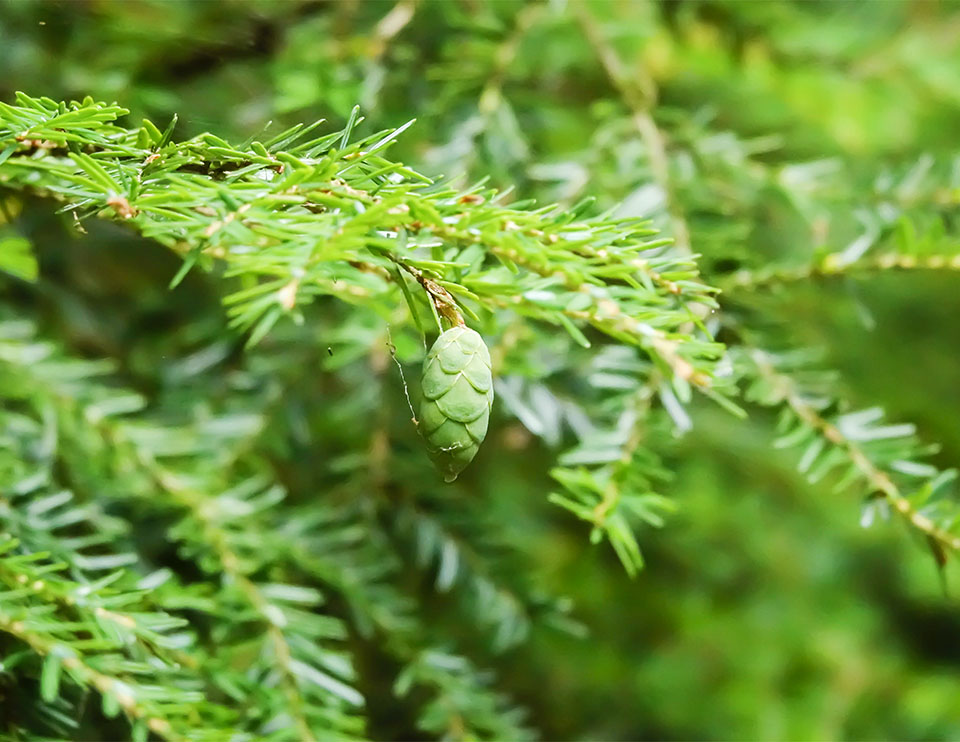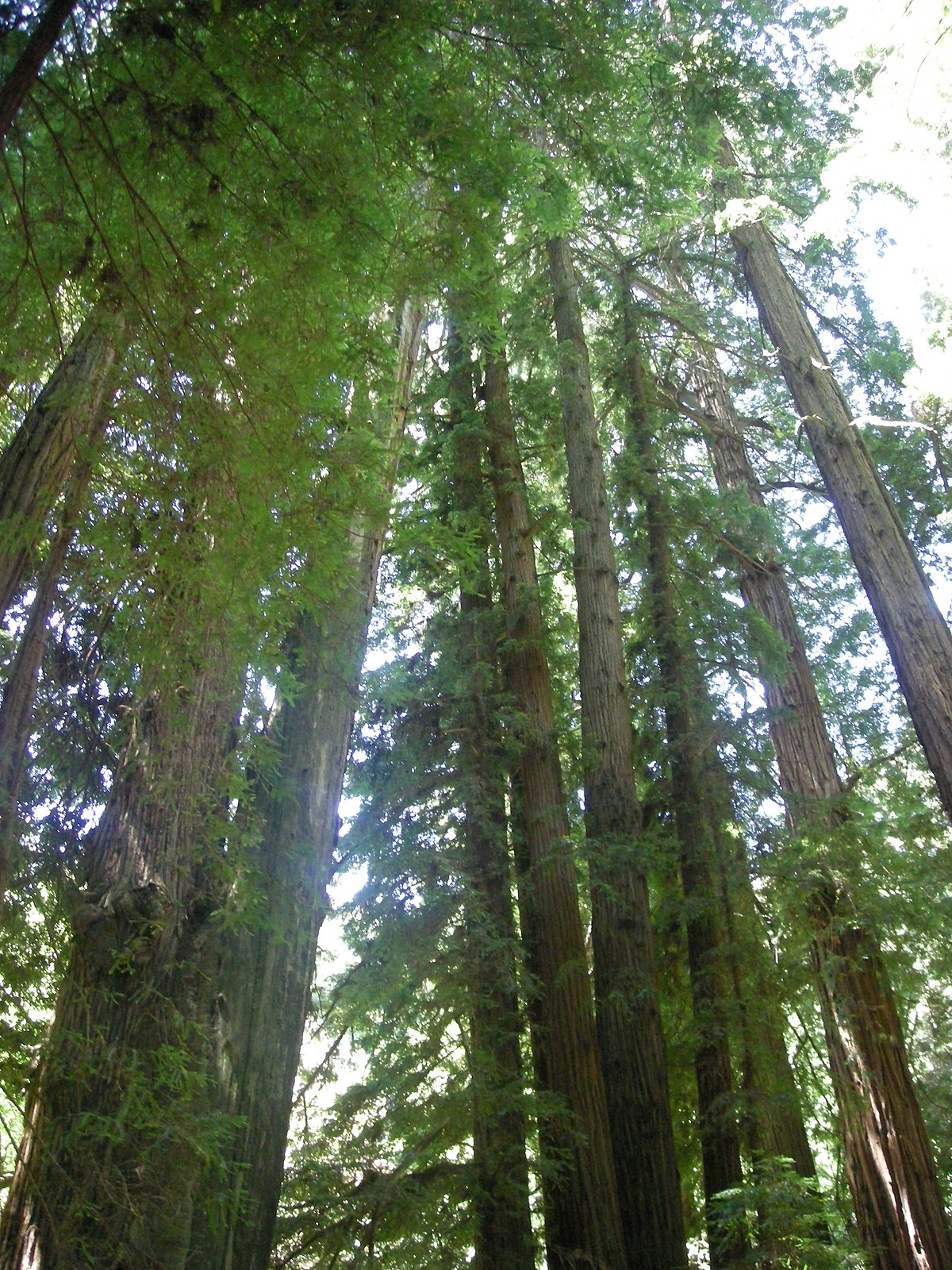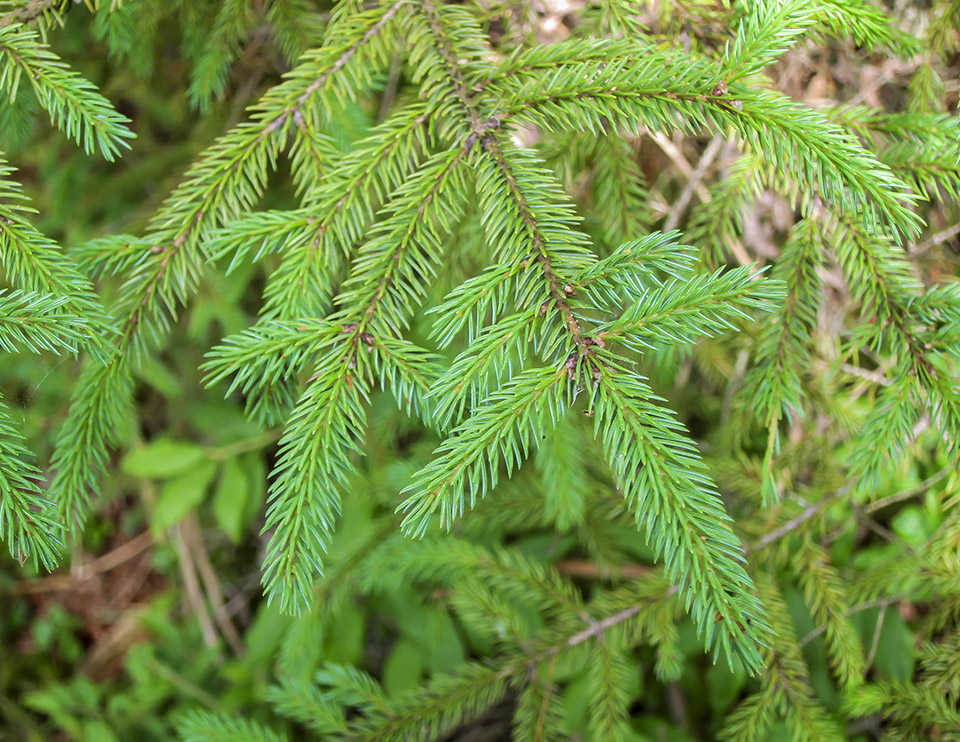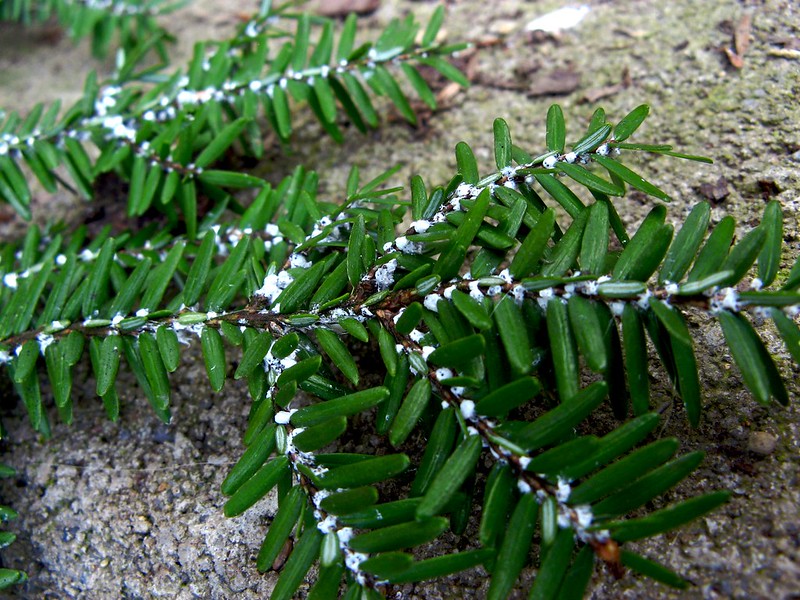Ben kimball nh natural heritage bureau hemlock hardwood pine forests are comprised of mostly hemlock white pine beech and oak trees.
Plants in new hampshire s hemlock hardwood pine forest.
The hemlock hardwood pine forest is a transitional forest region in new hampshire sperduto 2011.
The number one reason that plants struggle when planted under pines is the lack of water.
Thousands of acres of northern hardwood conifer forests grow on well drained fertile slopes of hillsides in new hampshire typically between 1 500 and 2 500 feet in elevation here sugar maple american beech and yellow birch are the dominant tree species mixed with red maple white ash and patches of hemlock at lower elevations and red spruce and balsam fir at higher elevations.
Canadian journal of botany.
The new hampshire state forester brad simpkins says since 1910 the new hampshire state forest nursery has occupied an established role in contributing to the well being of the state s forests and forest economy planting trees and shrubs is an important stewardship activity for landowners who wish to improve our environment for future generations.
New hampshire and inland maine.
Considered the transitional forest habitat between lower elevations of appalachian oak pine habitat 400 and higher elevations of northern hardwood habitat 1 500 hemlock hardwood pine forests cover almost 50 of new hampshire most of it south of the white mountains.
Hemlock hardwood pine forest is the most wide spread habitat in new hampshire.
Distribution as related to site and postsettlement history.
This forest occurs between the northern hardwood conifer forest to the north and at higher elevations mostly above 1 400 ft and the appalachian oak pine forests to the south and at lower.
Forests dominated by hemlock tsuga canadensis.
Forty eight years of canopy change in a hardwood hemlock forest in new york city.
To administer the new hampshire native plant protection act rsa 217 a the new hampshire natural heritage bureau nh natural heritage collects and analyzes data on the status location and distribution of native plant species and natural communities in the state.
New plantings under pine trees benefit from extra watering in their first year.
Hemlock hardwood pine forest is the most widely distributed forest type in new hampshire covering nearly 50 of the state s land area.
White oak quercus alba is also an important canopy species in southern new england s seaboard lowlands.
Keep in mind the mature heights of plants as well as their mature width.
Franconia notch state park and the white mountain national forest in new hampshire including the.





























